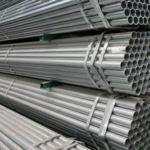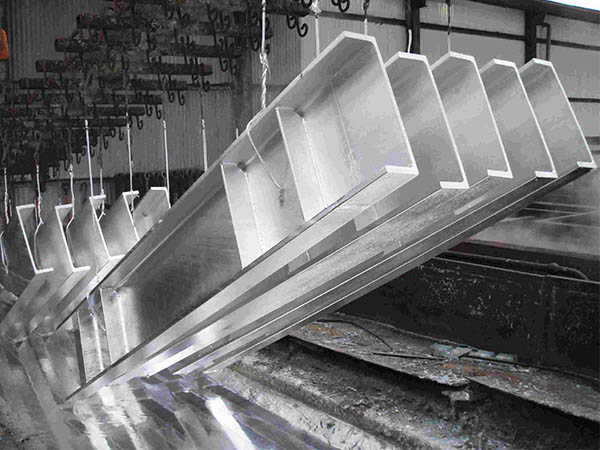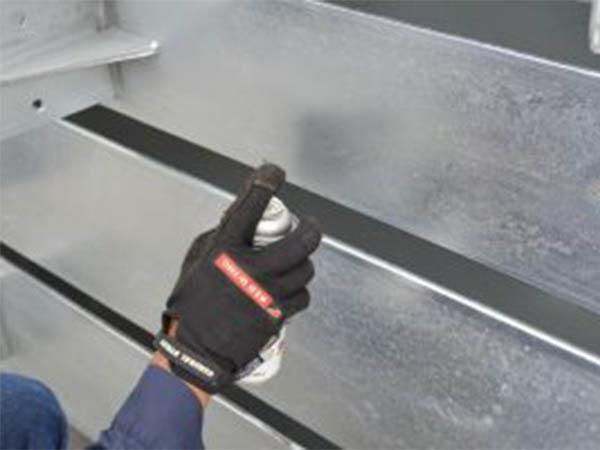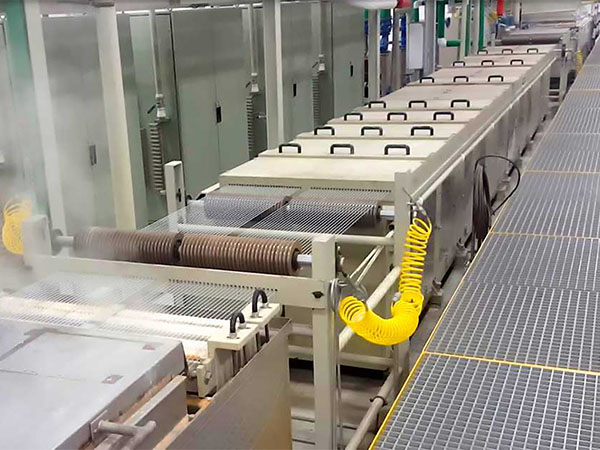Steel is a valuable material widely used in the construction and engineering industries. Steel is durable, versatile, and inexpensive, but It is prone to corrosion, especially in outdoor environments.
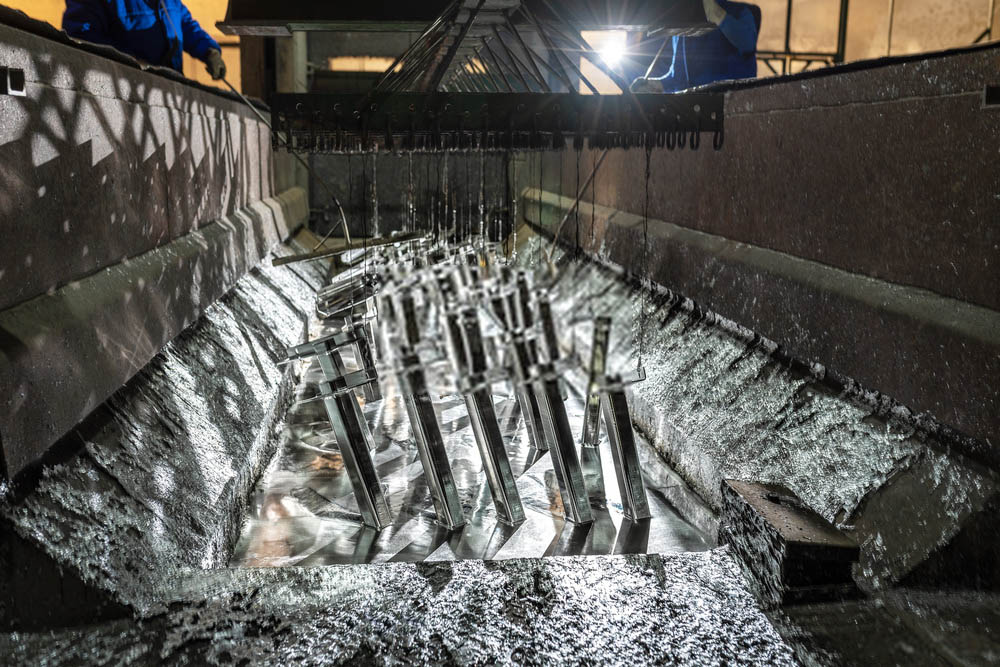
People tried to develop solutions for long-term savings, and they began to coat steel by dipping it in molten zinc after cleaning it. They used ‘Galvanization’ to describe the administration of electric shocks in the 19th century.
We’re going to dig deep into ‘Galvanization,’ but feel free to jump to any section that interests you:
- Chapter 1: What is galvanizing?
- Chapter 2: How does galvanizing protect steel from rusting?
- Chapter 3: What are the types of galvanizing?
- Chapter 4: Why choose hot-dip galvanizing?
- Chapter 5: Hot-dip galvanizing process
- Chapter 6: How much does hot-dip galvanizing cost?
- Chapter 7: 6 Tips Before Hot-dip Galvanizing
- Chapter 8: Specification of Hot-dipped Galvanized Steel
Table of Contents
- 1 What Is Galvanizing?
- 2 How does galvanizing protect steel from rusting?
- 3 What are the types of Galvanizing?
- 4 Why people choose hot-dip galvanizing?
- 5 Hot-dip galvanizing process
- 6 How much does hot-dip galvanizing cost?
- 7 6 Things You Need to Know Before Hot-dip Galvanizing.
- 8 Specification of Hot-dipped Galvanized Steel
- 9 Frequently asked questions (FAQs)
What Is Galvanizing?
Galvanizing is also named Galvanization (sometimes called Galvanising or Galvanisation). It is a process applying a zinc coating to the surface of the metal.
Galvanizing can reduce maintenance costs, and it is one of the most effective, practical, and economical solutions for protecting metal from corrosion.
How does galvanizing protect steel from rusting?
Galvanizing protects products in 2 ways.
Galvanizing creates a zinc coating that shields the metal from the surrounding environment. The zinc coating can prevent water and other elements in the air from corroding the steel underneath.
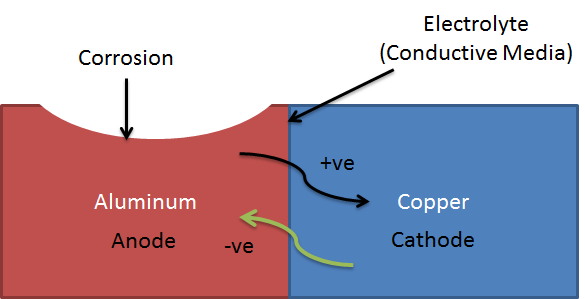
Galvanizing also protects metal products through “galvanic corrosion.” Zinc coating has an affinity towards being the anode contacting with many other types of metals, so it slows the corrosion of the products or the cathode.
What are the types of Galvanizing?
There are mainly four different processes for companies to galvanize metal in common, Pre galvanizing, Hot-dip galvanizing (HDG), Cold galvanizing, and Electric galvanizing.
Pre galvanizing is also called mill galvanizing, it means the metal galvanized in sheet format before cutting and further processing. Pre galvanizing places emphasis on the time the metal galvanized, it is the only type that galvanized before fabrication.
Hot-dip galvanizing is the application of a zinc coating by dipping cleaned, prepared metal articles in molten zinc, by which process alloy layers may be formed between the primary metal and the outer pure zinc layer.
Cold galvanizing is an actual painting or spraying process that coats the surface of a metal with zinc-rich paints.
Electric galvanizing is a process involving electroplating, running a current of electricity through a saline/zinc solution with a zinc anode and steel conductor.
Why people choose hot-dip galvanizing?
Hot-dip galvanizing has proved to be superior in many respects to other methods of the galvanizing due to the individual application process; The advantages are listed below:
Low cost
There are two main parts to the cost: initial cost and lifetime cost.
Hot-dip galvanizing is a highly mechanized manufacturing process, which needs less labor and time costs compared to the cold galvanizing paint.
Minima maintenance for a long lifetime makes hot dipped galvanized products cost less compared to the electro galvanized and pre-galvanized steel.
Complete protection
Hot-dip galvanizing is a process immersing metal products into a zinc bath after manufacturing, such as cutting, forging, and welding. So it generates sturdy, durable, and permanent coverage to every part, even inaccessible corners, that is much better than other methods of galvanizing.
Ease of inspection
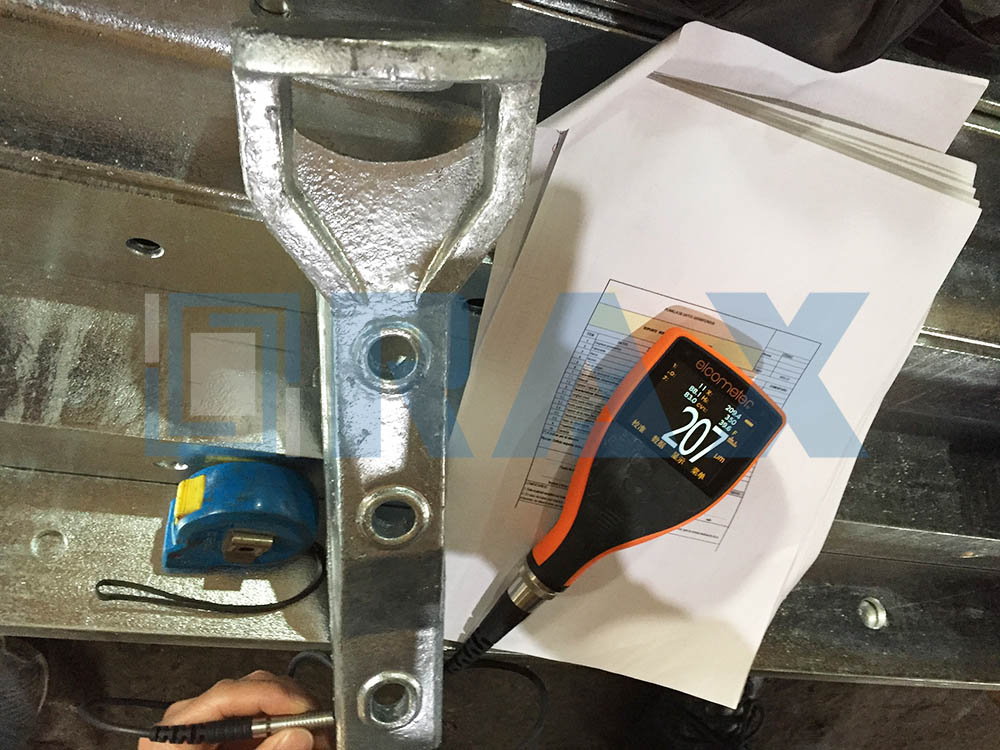
For hot dipped galvanized products, there are two main aspects you should inspect after galvanizing, the smoothness and thickness of the zinc coating.
Quality of zinc layer is assessed readily by eye, and the thickness is easy to test with magnetic thickness gauges according to the ISO1461 and the requirement of clients. You can check the detailed standard of hot-dipped galvanized steel below.
Hot-dip galvanizing process
Here is a diagram describing the process.

You also can see the video below.
How much does hot-dip galvanizing cost?
The price of zinc plating is mainly affected by the following aspects
The place factories located
Prices vary significantly from country to country, take our products as an example. Although the price of galvanizing keeps rising, the price in China is about 400 to 500 US dollars per ton in 2020, which is still far lower than that of Occident.
The price of zinc
Zinc is the primary consumable in the galvanizing process, and its price directly affects the galvanizing price.
Shape and size of the steel
The costs are determined by the ease of handling through the galvanizing process, the easier, the cheaper.
Galvanized standard
The better the surface finish of the zinc layer, the thicker the coating, the higher the price.
6 Things You Need to Know Before Hot-dip Galvanizing.
Galvanizing Standard
Galvanizing standards are not the same in a different market, take the rule of pole hardware that some of our clients require as an example:
All the products are galvanized according to the standard BS 729 or ASTM A123.
In addition to BS 729 or ASTM A123, all galvanizing meets the conditions set out below.
- Hot-dip galvanizing is applied to all products such as structural steel, structural and sheet steel fabrications, tube assemblies, bolts, nuts, screws, and other small articles processed in bulk, steel castings, steel forgings, steel stampings, iron castings, and similar products.
- Hot-dip galvanizing is applied to products such as wire, sheet steel, or tubing, which will later be processed into finished articles.
Colour
Under some circumstances, the whole coating may consist of alloy layers and, in such cases, the appearance may be a dull grey.
Material
Mild steel, low alloy steel, and cast iron are metals particularly suitable for hot-dip galvanizing, but other ferrous metals may also be hot-dip galvanized. The fabricator ensures that the items to be galvanized consist of ore proper for galvanizing.
Internal Stresses
The fabricator ensures that internal stresses in the material, brought about by such treatments as extensive cold working, bending, welding, etc., are relieved as is necessary before submission for hot-dip galvanizing. These stresses could lead to embrittlement or intercrystalline cracking after galvanizing.
Pickling
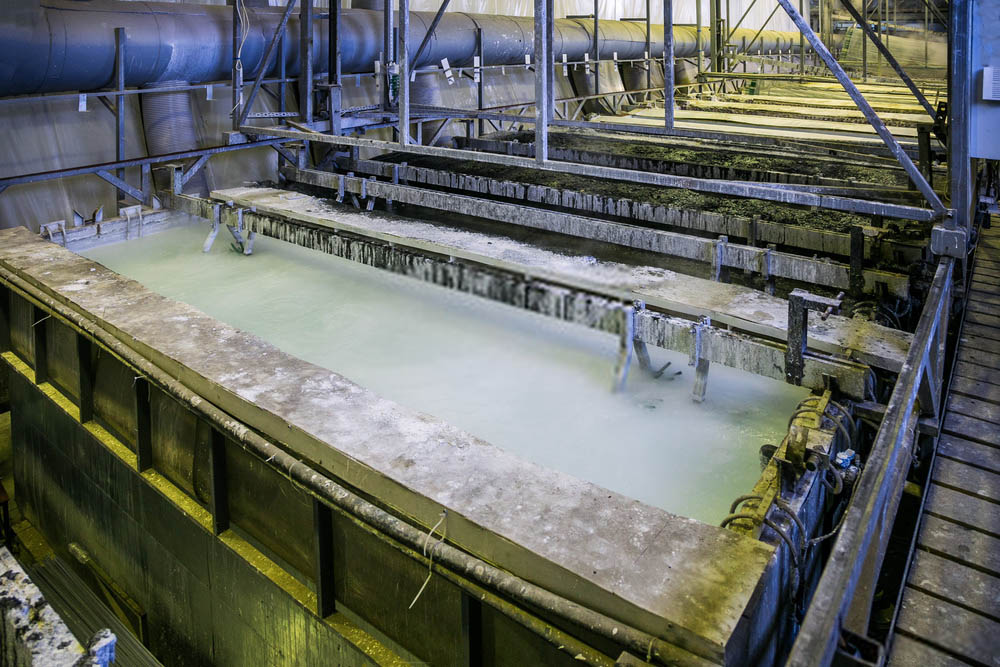
Surface contaminants that cannot be removed by pickling, such as, oil, fat, tar, paint, welding slag and similar impurities, are removed before pickling.
Crevices and pin holes are avoided in welds as they trap pickling acid and lead to premature corrosion of the zinc coating.
Articles are not be galvanized if their design and shapes are such that the pickling solution cannot be removed with certainty or if adequate venting or drainage is not possible to ensure a safe and effective galvanizing dip. If it is necessary to bore drainage or vent holes in articles, the supplier must obtain the consent of the customer.
Hot Dip Galvanizing Bath
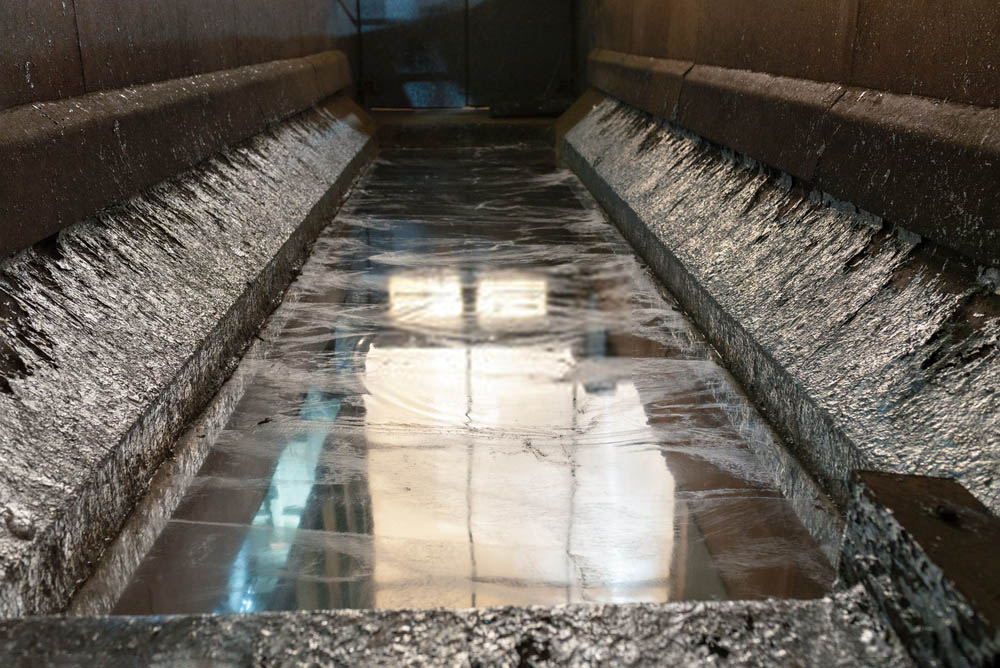
The zinc of the hot-dip galvanizing bath contains not less than 98.5 % of zinc (by mass), according to ISO 752. No zinc impurities or additives, which could have a deleterious effect on the durability of the zinc coating is acceptable.
Specification of Hot-dipped Galvanized Steel
Coating Finished Appearance
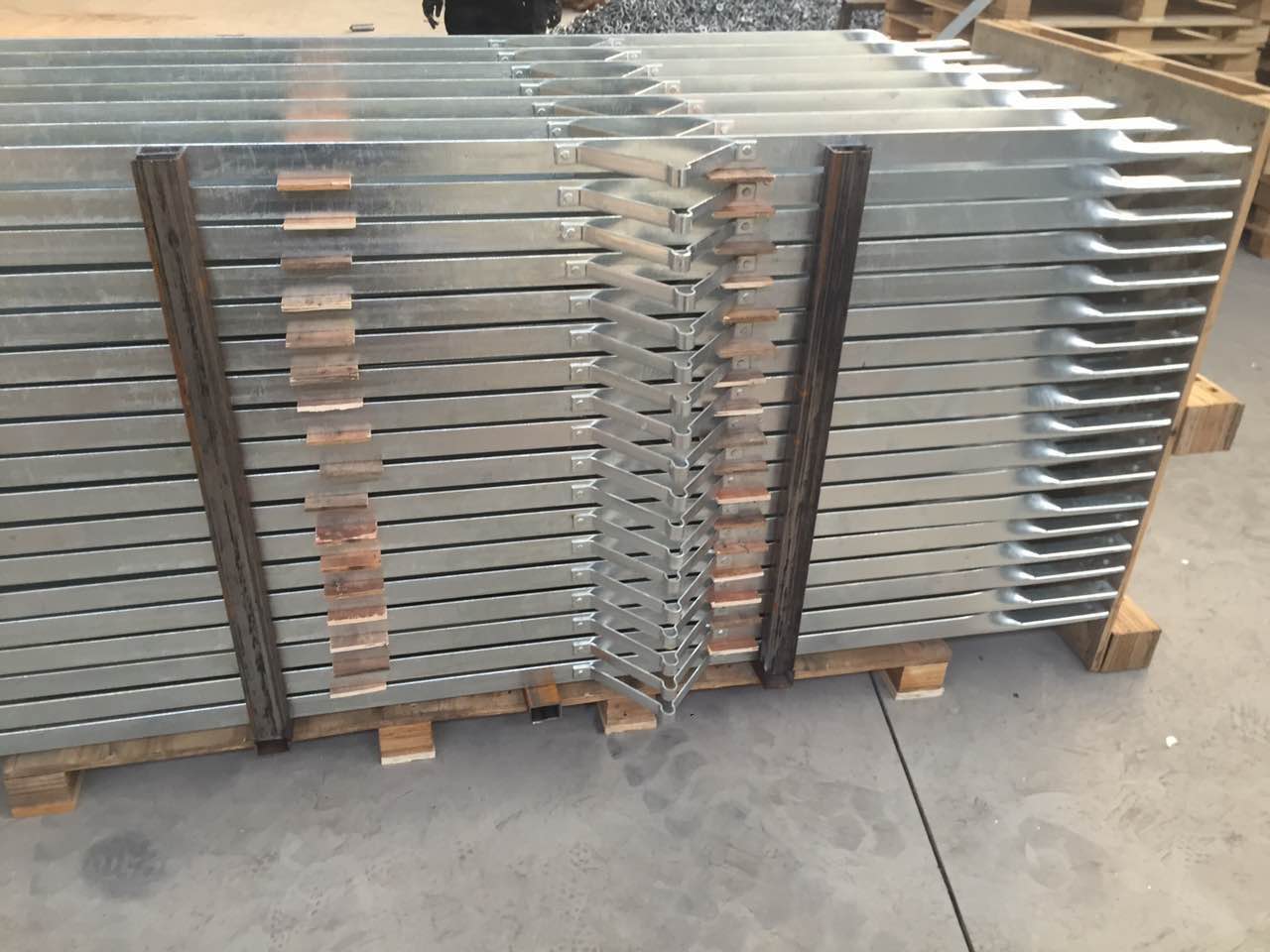
The galvanizing coating is smooth, continuous, uniform and free from anything detrimental to the stated use of the coated article. It is free from acid spots and flux stains and no scale or blister. The coating isn’t removable by normal handling or packing.
Shiny, dull grey or spangled surface appearance are generally acceptable. A sizeable wet storage stain (white rust) is unacceptable.
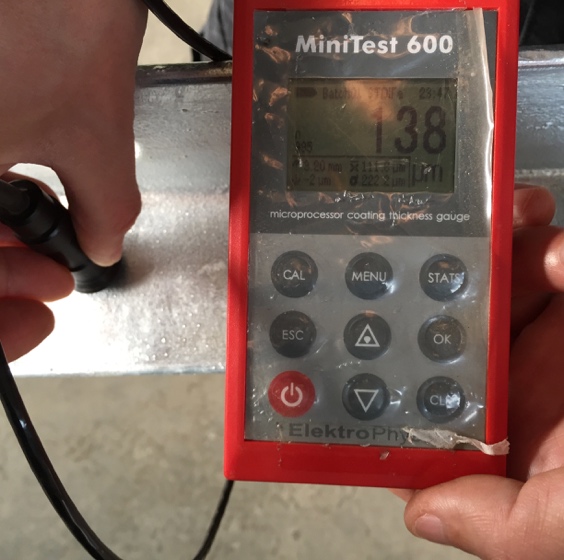
For one of our customers, the thickness of the galvanizing coating complies with the minimum average values given in the table below when tested following the requirements set out below:
Item Description | Minimum Zinc Mass Deposited (g/sq.mm) | Minimum Average Coating Thickness (um)* |
Steel Items, 5mm thick and over Steel Items between 2mm and 5mm thick Steel Items under 2mm thick Threaded Steel Items Iron Casting | 610 460 335 305 610 | 85 65 47 43 85 |
Galvanizing coating thickness and zinc mass
- the minimum average thickness figures given in this table is defined as the lowest of the individual average values for the number of samples under test.
Coating Uniformity
The uniformity is of the galvanizing coating such that the minimum proper thickness measurement on any test sample is not more than 7um below the minimum average figure specified for that article in the table above.
Coating Mass
The mass of the galvanizing coating per square meter of the surface area complies with the minimum values given by the customers when tested under the requirements.
Coating Mass Test
Frequently asked questions (FAQs)
Hot-dip galvanizing is the application of a zinc coating by dipping cleaned, prepared metal products in molten zinc, by which process alloy layers may be formed between the basic metal and the outer pure zinc layer.
There are mainly four different processes for companies to galvanize metal in common:
Pre galvanizing
Hot-dip galvanizing (HDG)
Cold galvanizing
Electric galvanizing.
Galvanizing protects products in 2 ways.
Galvanizing creates a zinc coating that shields the metal from the surrounding environment. The zinc coating can prevent water and other elements in the air from corroding the steel underneath.
Galvanizing also protects metal products through “galvanic corrosion.” Zinc coating has an affinity towards being the anode contacting with many other types of metals, so it slows the corrosion of the products or the cathode.
Hot-dip galvanizing has proved to be superior in many respects to other methods of the galvanizing due to the special application process:
Lower cost
Less maintenance
Longer lifetime
Quick process
Resource-efficient
Ease of inspection.
The price of zinc plating is mainly affected by the following aspects:
The place factories located. Prices vary significantly from country to country, take our products as an example. Although the price of galvanizing keeps rising, the price in China is about 400 to 500 US dollars per ton in 2020, which is still far lower than that of Occident.
The price of zinc. Zinc is the primary consumable in the galvanizing process, and its price directly affects the galvanizing price.
Shape and size of the steel. The costs are determined by the ease of handling through the galvanizing process, the easier, the cheaper.
Galvanized standard. The better the surface finish of the zinc layer, the thicker the coating, the higher the price.
